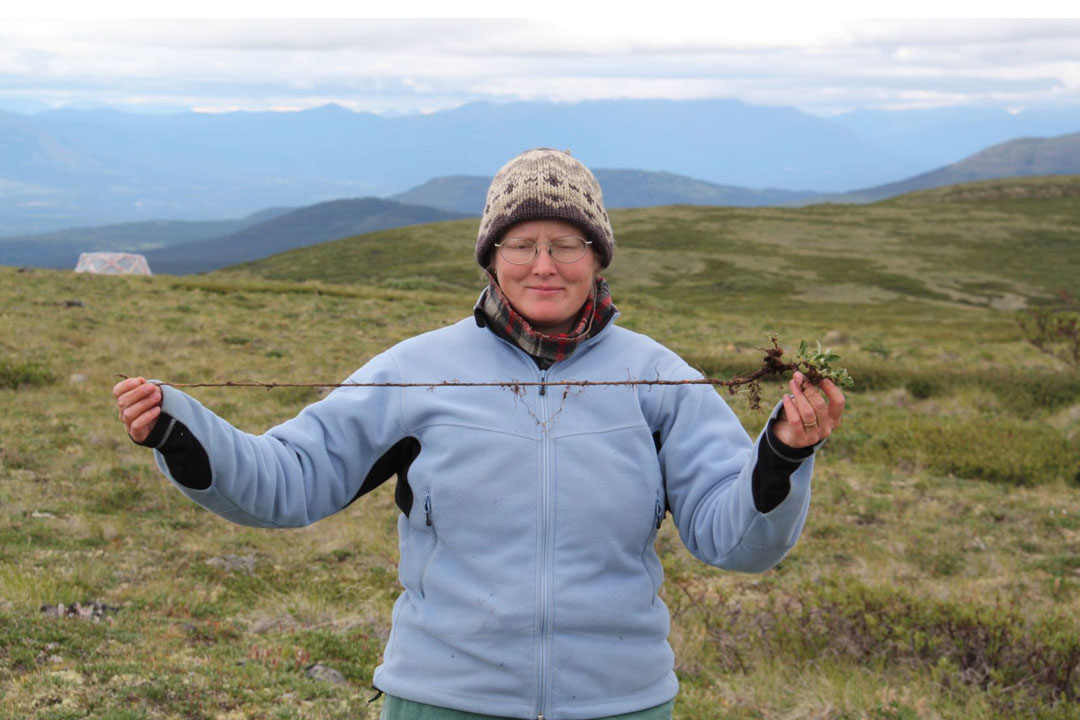
Taller plants slowly replacing short grasses, bushes in North
Research on the Arctic biome, based on data gathered from 117 tundra sites, shows that taller plant species are slowly taking over as the circumpolar region warms up rapidly, changing the habitat of species such as caribou and affecting the productivity of plants such as cranberries.
Jill Johnstone, an adjunct professor in biology in the College of Arts and Science at the University of Saskatchewan, was among nearly 130 international scientists who recently co-authored a paper in the journal Nature investigating the relationships between tundra temperature, soil moisture and important plant traits.
“The main impact of this research is that it helps us better predict the when, where, and how of vegetation changes in the Arctic,” said Johnstone.
“Anticipating areas where vegetation is likely to change most rapidly in the North could help us prioritize strategies to conserve habitat for important wildlife species such as barren ground caribou or nesting Arctic birds.”
Researchers found that climate warming appears to be responsible for the observed broad-scale changes in tundra vegetation over the past three decades, especially in wetter locales.
“Our study highlights the importance of accounting for future changes in water availability, as this will probably influence both the magnitude and direction of change for many traits,” states the paper.
Researchers found that low-growing grasses and short shrubs are giving way to new, taller species, said Johnstone.
In the Canadian North, for example, taller species such as willow shrubs or birches and grasses such as polar grass or reed grass are replacing some low-lying species of willows and dwarf grasses such as Arctic dwarf willow and alpine sweet grass, she said.
Johnstone has been monitoring tundra vegetation changes in the high altitude regions of Wolf Creek, near Whitehorse, Yukon, since 1997, as well as sites on Herschel Island, Yukon, and Ellesmere Island in the Northwest Territories. Her contribution to the paper was principally funded by NSERC.
Read the Nature article here.Article re-posted on .
View original article.

